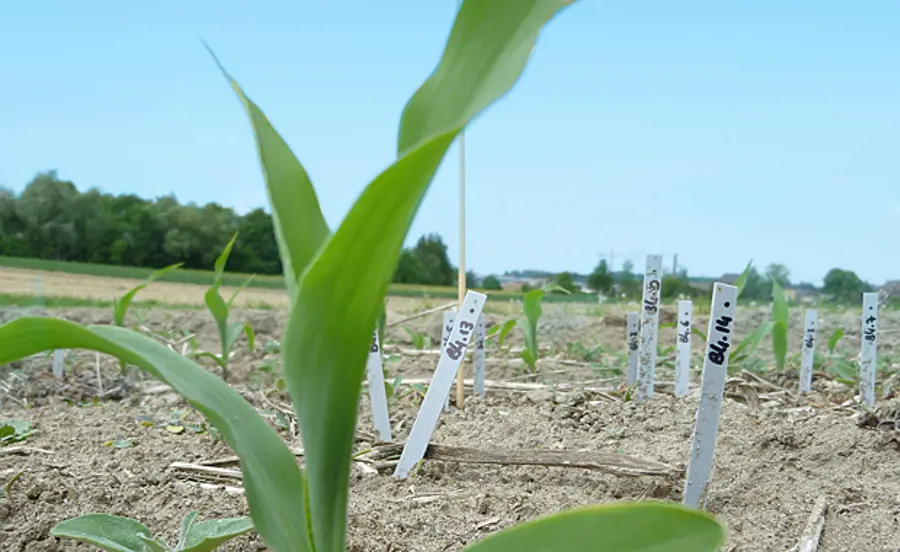
Assessing Biological Activity of Soil Organisms under Different Agricultural Practices Using the Bait Lamina Method
In agriculture, the application of fertilizers and plant protection products varies depending on the used cultivation methods and the crops (e.g. corn, wheat, barley). Sustainable farming practices such as zero tillage increase the number and diversity of soil organisms but may require the use of herbicides. In the present project, the impact of different fertilizers and herbicide treatments on the biological activity of soil organisms is compared in a no-till soil. Using the bait lamina test, the changes in overall feeding activity of the soil biocenosis are measured in an agricultural brown soil with and without application of glyphosate for two types of fertilizers. Analyses are done at different exposure times (immediately and several weeks after the herbicide application), at different application rates and with different crops (corn, winter barley). Collected field samples are also chemically analysed for glyphosate and its main degradation product, aminomethylphosphonic acid (AMPA), and are tested with the reproduction test with collemboles.
Applied test systems
- Bait Lamina Test
- Reproduction test with springtails
- Chemical analysis of glyphosate and AMPA
Publications
Campiche, S., Grand,E., Gachet Aquillon, C., Homazava, N., Vermeirssen, E., Werner, I., Ferrari, B.J.D., Maurer, C., Chervet, A., Sturny, W.G., Schlaepfer, R. (2015) Messung der biologischen Aktivität am Dauerbeobachtungsstandort «Oberacker» anhand des Köderstreifentests. VBB-Bulletin-BSA Nr. 16, 21-29